Get Inspired
Build the life you love. Learn more about fusioneering:
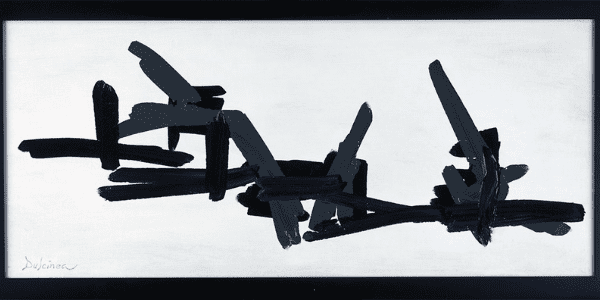
Posted on March 24, 2022 in Art History
Speed, urgency, force, power. The arresting brushstroke work of Paul Kirby and Dulcinea’s 2006 Abstract Expressionist painting, Kline, calls all of these words to mind. 49 swathes of paint draw the eye and stir a great ocean of emotion within the heart. And, as is always the case with a painting from Paul and Dulcinea, the inspirations and processes behind the painting are just as thought-provoking as the final work.
Franz Kline was a post-WWII Abstract Expressionist painter whose work typified many elements of the style. Kline was an influential member of the “New York School” – not an actual school, but an informal group of American artists working in the disciplines of poetry, dance, music, and painting. The painters of the New York School – inspired by the concepts behind French Surrealism, Modernism, Cubism, and Dada – sought to create a powerful new artistic movement that embodied American ideals of freedom, personal expression, spontaneity, innovation, and rugged individualism. And so Abstract Expressionism rose from the turmoil of the second World War. The art movement was the first American movement to achieve international acclaim and influence, and shaped New York into the artistic Mecca it is today. Among Kline’s contemporaries were Jackson Pollock, Mark Rothko, and Willem de Kooning – all with their own specific styles and methods of operating.
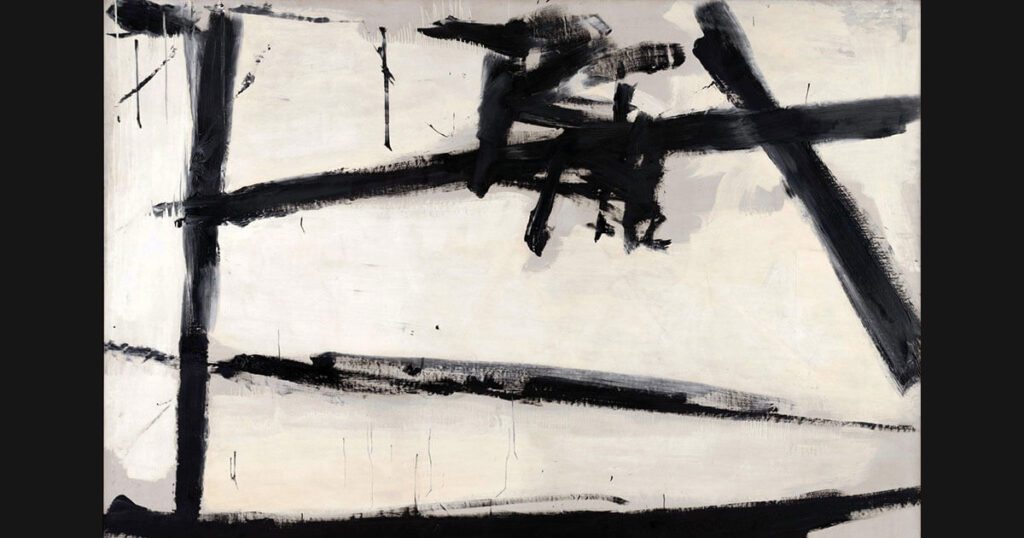
It was de Kooning who is said to have inspired Kline’s striking and recognizable style. Kline had become frustrated with a sketch of a rocking chair he was working on, and de Kooning asked that he project the image onto the studio wall. The messy black-and-white image, displayed over the whole of the wall, had a great effect on Franz Kline. He said of it, “…[the drawing] loomed in gigantic black strokes which eradicated any image, the strokes expanding as entities in themselves, unrelated to any entity but that of their own existence.” From that moment forward, Kline dedicated himself to large-scale works of abstraction, with the focus of the works on the power of fluid, dynamic, non-representative brushstrokes. Kline became revered for his works and their broad, confident, gestural brushstrokes.
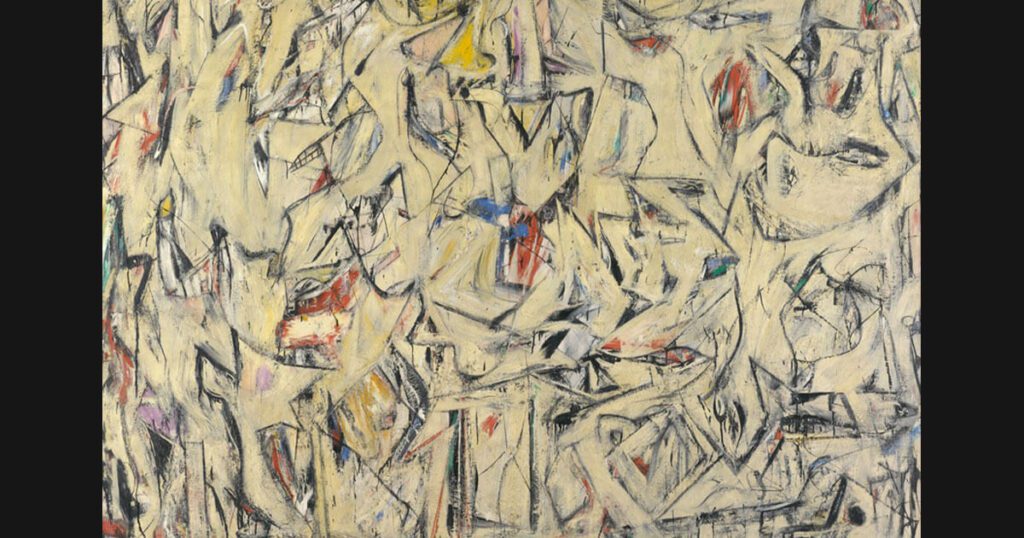
Paul Kirby, who also believes that the brushstroke is the heart and soul of all paintings, was heavily influenced by the works of Franz Kline. To explore the energy and evocative depth of Kline’s techniques, Paul and Dulcinea set about producing a homage to the power of Kline.
It’s no secret that Paul loves the use of hubs in his paintings, to play with energy moving in centric and eccentric flows. To bring this energy to life in a Franz Kline homage, Paul referenced a book that had helped design some of Dulcinea’s prior paintings: Rudolph Arnheim’s The Power of the Center. In the book, Arnheim, an art theorist and psychologist, muses on the psychological power of concentric spatial patterns in artistic composition. Arnheim maintained that a work’s form and content are one-and-the-same and that artistic patterns reveal base truths of the human experience – both from the artist as well as the viewing audience. Paul sought to utilize the psychological power of geometric, hub-based composition to ground and structure the forceful, non-representative strokes of Franz Kline.
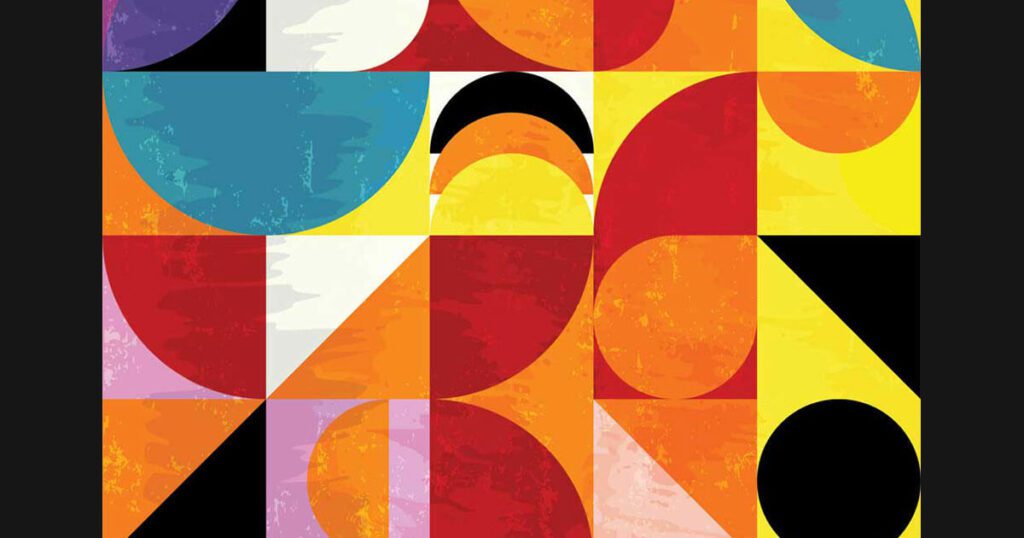
Now that the painting had a base structure, built on the ideas of Arnheim’s central hub, the painting needed true structure… at least in the “eyes” of the robot that would be painting it. This was achieved through the utilization of “Subsumption Architecture,” a type of hierarchical AI architecture built out of behavior-based robotics theories. Rodney Brooks, an Australian roboticist, and his colleagues pioneered the idea in the late 1980s. Unlike the competing concept of “symbolic artificial intelligence,” (also known as “Good Old-Fashioned Artificial Intelligence”) – which attempts to represent problems and logic in essentially the same way as a human mind – subsumption architecture simplifies AI thought using a bottom-up method of input and action selection.
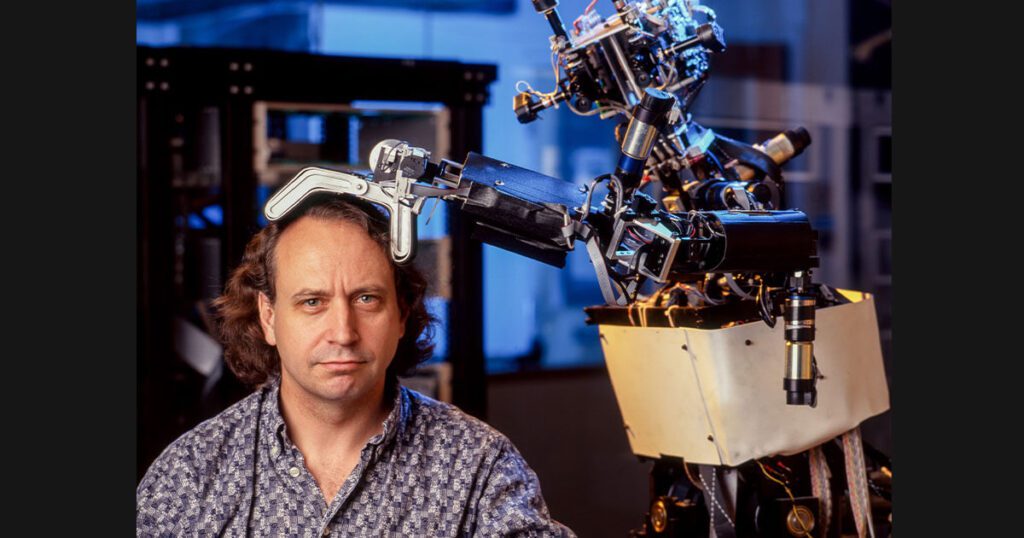
As an example, an AI agent – like one of Paul’s oft-used ants – would have multiple levels of behavioral competence stacked on top of one another. The lowest level of this stack might say something like “avoid objects,” while the layer above instructs the ant to “reach a set goal point.” The ability to avoid objects is a necessary component of reaching the goal, and so the higher behavioral layer relies on the lower-level competencies beneath it. This limited, specific form of perception is advantageous in situations where symbolic, representational forms of AI would only unnecessarily complicate AI agent behaviors and goals. A robot doesn’t need to think like a person; it needs to think like a robot.
Using Arnheim’s wealth of thought on centers, hubs, and geometric flow as a guide, Paul designed a subsumption software architecture that would create impressive, abstract brushstroke maps with the click of a button.
With all this inspiration and work, wouldn’t it be a shame if Dulcinea couldn’t paint with the same dominating, compelling strokes as that of Franz Kline? As always, Dulcinea needed some updates to ensure that her finished product was everything it could be. Kline’s strokes not only had weight and power but also contained massive quantities of paint. To achieve the characteristic look, Paul programmed Dulcinea with a new type of brushstroke, dubbed the “Kline Stroke.” This required a thick application of paint from both sides of the brush: first one side of the brush and then retracing back using the other side of the brush. This double application created a rich thickness of paint and texture, and a striking presence on the canvass – ensuring the famous Franz Kline look.
The result of all these efforts is something simultaneously simple and yet thoroughly evocative: the spirit of every Franz Kline work. Beyond the physical homage, Paul Kirby and Dulcinea’s Kline painting and the complex processes and methods that came together to produce it are an homage to the greater artistic philosophy of Franz Kline:
The process of making a painting is as important – and as much an art – as the finished product.
Seeking more artistic inspiration? Visit the virtual Gallery to see all of Dulcinea’s works to-date, or watch the film to see how Dulcinea and Paul bring a painting to life.
Itching for more insights? Join our mailing list to stay current with every new development at the Kirby Foundation!
Are you interested in hearing the complete story of Paul and Dulcinea? Watch the video (nominated for Best Short Film at the 2021 Vail and Portland Film Festivals) for more info.
Want to be the first to know about every exciting new project at the Kirby Foundation?
Join Our Mailing ListBuild the life you love. Learn more about fusioneering:
Why pick which passion you should follow? Fusioneering allows you to cultivate many interests into something innovative and revolutionary.
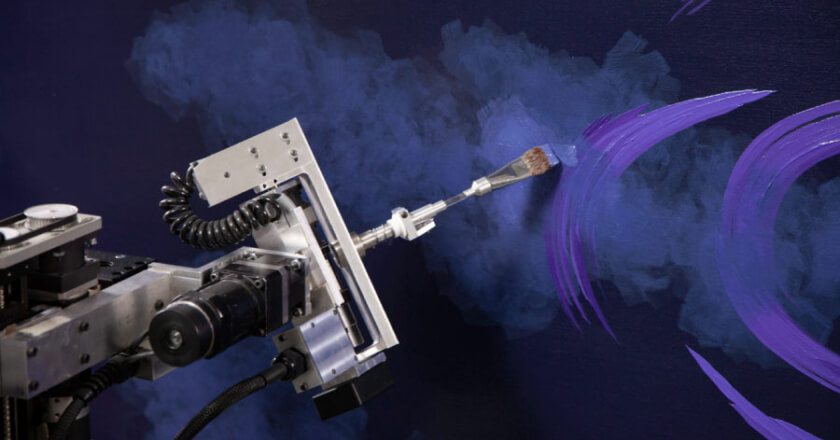
Meet Paul and explore how blending your interests can empower you to follow your enthusiasm and bring your passions to life.